- Home
- Raw Materials
- Plastics
- Plastic Discs Rods
.....Read More
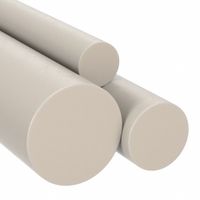
ABS - Impact-Resistant Rods
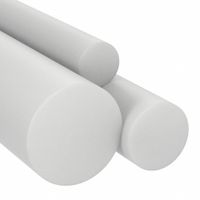
Acetal Copolymer - Wear-Resistant Machinable Rods

Acetal Homopolymer - Wear-Resistant Machinable Rods & Discs
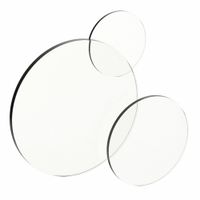
Acrylic - Clear Scratch-Resistant Discs
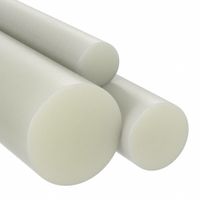
HDPE - Moisture-Resistant Rods
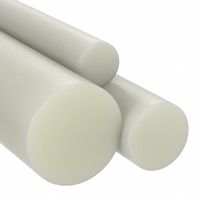
Nylon - Wear-Resistant Machinable Rods
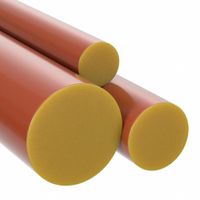
PAI - High-Strength Rods
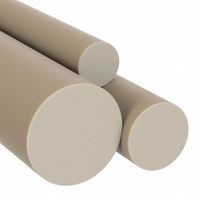
PEEK - Wear-& Chemical-Resistant Rods

PEI - Electrically Insulating Rods
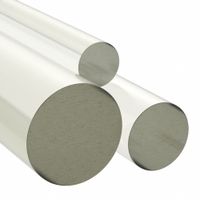
Polycarbonate - Clear Impact-Resistant Rods & Discs
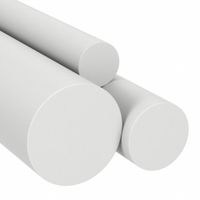
Polyester - Moisture-Resistant Rods

Polypropylene - Chemical-Resistant Rods

PPS - Chemical-Resistant Rods
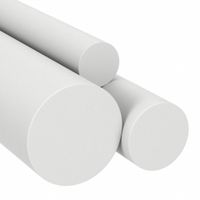
PTFE - Chemical-& Wear-Resistant Rods
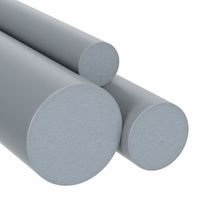
PVC - Chemical-Resistant Rods
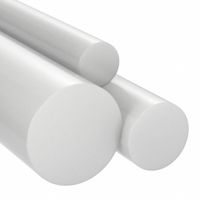
UHMW Polyethylene - Wear-& Impact-Resistant Rods
Frequently Asked Questions
What are plastic rods used for?
How are plastic discs manufactured?
What is Garolite and its applications?
How do polycarbonate rods resist chemicals?
What are the advantages of using PVC rods?
How do you cut plastic rods and discs?
What industries commonly use Garolite materials?